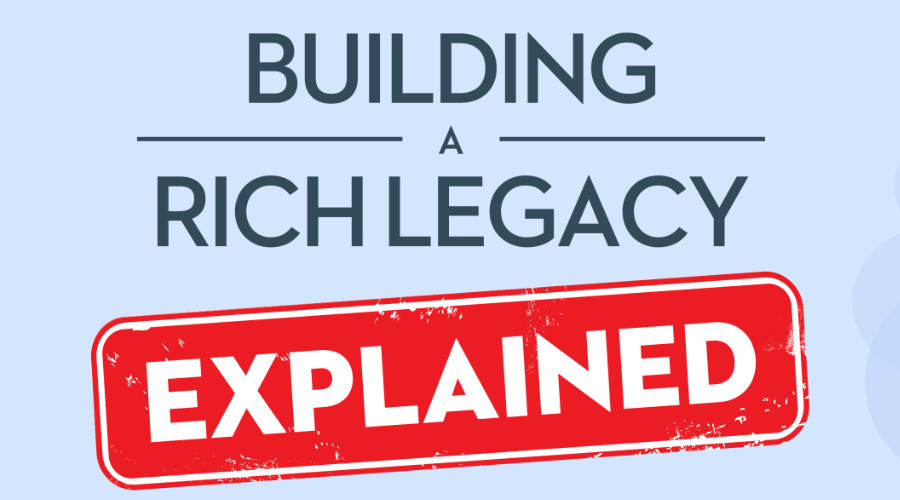By Joyce Wayne
“Some people don’t understand that sitting in your own house, in peace, eating snacks and minding your own business is priceless.” That’s what Snoopy says, and I must admit to agreeing.
With our economy facing ongoing threats by Donald Trump’s tariffs on Canadian goods crossing the border into the U.S., it isn’t easy to remain in good spirits or to appreciate that being at home can be comforting. I’m finding that staying home helps me withstand this uncertainty and keeps me grounded.
A Closer Look at Canada’s Trade Formula
As Daniel Drache, Professor Emeritus, Department of Politics, York University, wrote on February 3, “Canada’s closest ally has torn up the Canada-U.S.-Mexico trade deal negotiated only seven years ago. The rationale behind what the Wall Street Journal editorial board has called ‘the dumbest trade war in history’ isn’t even clear.
What is clear to me is that Canada is vulnerable. In case you missed it, this was The Globe and Mail’s editorial the day after the February 3 decision, when the threat of tariffs was suspended for 30 days:
“For 60 years, there has been a winning formula for Canada’s economic growth: preferential access to the massive U.S. market, governed by a rules-based approach that sought to seal off trade matters from politics.
That formula started with the Auto Pact, signed on January 16, 1965, which transformed a struggling high-cost Canadian auto sector into a key part of a thriving continental industry. It continued with the Canada-U.S. Free Trade Agreement, implemented 36 years ago, which opened up both countries’ markets and included a dispute-resolution mechanism that (mostly) took trade irritants out of the hands of a protectionist U.S. Congress. That formula reached its apex with the negotiation of the North American Free Trade Agreement in the early 1990s, and the creation of a continental trade bloc. Enormous gains in employment, investment, sales and profits resulted.
The Threat of Tariffs: The Demise of Canada’s Economic Formula
But that astonishingly successful formula is now dead at the hands of U.S. President Donald Trump and a supine Republican Congress. Mr. Trump’s tariffs, clearly, would spell a formal end to a tightly integrated continental economy if they are implemented. Late Monday, Prime Minister Justin Trudeau secured a 30-day stay of execution.” Now, at least 500,000 Canadian jobs, a precipitous drop in our GDP and a looming recession are at stake, and I can’t help but dwell, first and foremost, on what that means for working families. I’m focusing on the loss of decent, well-paying jobs in the large auto assembly plants and the parts plants that feed into Stellantis, Ford, or GM. If the tariff was to be implemented, experts predicted that all car plants in Canada would shut down within a week.
Examining the Broader Fallout: Economic Uncertainty in Windsor and Oakville
I grew up in Windsor, Ontario, where automotive factories are the engines that keep the city running. I’m a car person. Everyone in Windsor realizes their bread and butter depends on the buoyancy of the auto industry. Windsor booms in good times, while in bad economic times, the city goes bust, plunging into an economic downturn that would curl your hair. Think: reliving 2008 every 10 years. Yet, each time that happened, Windsorites knew that the bad times would end and that some workers on layoff would eventually be called back. They and their families could resume their lives.
This time, it is entirely different. For the last many years, I’ve lived in Oakville, and only recently have I sensed the trepidation circulating in this city. Even before Trump announced his tariffs, there were rumours flying around Oakville that Ford was considering closing down its huge auto plant nestled between the QEW and Lake Ontario.
In April 2024, Ford delayed the start of EV production at the Oakville plant from 2025 to 2027. EVs were too expensive, manufacturing experts explained; they weren’t selling and it didn’t appear to matter that the Federal government invested $295-million in this plant. More than 2,700 workers were laid off.
The Ontario government, which also invested $295 million to help EV production at Ford’s Oakville plant, “pushed the company to ensure workers are protected,” said Vanessa de Matteis, a spokesperson for Provincial Economic Development minister Vic Fedeli. With the support of the Ontario government of $684,000, a new action centre in Oakville was set up to help laid-off workers find other intermediary jobs or develop new skills.
Since the spring 2024 layoffs, Ford has called back a number of workers to the Oakville plants to build gas-powered trucks. But, no one expected Trump’s tariff threats and not of this magnitude.
With the tariffs hanging over the heads of so many Canadian workers and their families, it’s hard to know exactly what the fallout will be. I can only imagine how the people of Windsor or Oakville will suffer. The same holds true for those employed at the steel and aluminum plants in Hamilton and in Quebec, where a 25 percent tariff on steel and aluminum imports going into the U.S. will begin on March 12 and could be stacked on top of the 25 percent tariff that Trump threatened earlier bringing the total to a 50 percent levy.
For older people, those living on pensions and savings, or the investment in our homes, we do have the safety and security of our houses to shield us from the current economic environment. I’m already considering how I can help my daughter if the situation in Canada erodes. So, let’s appreciate the equity in our homes, our ability to help our children when they need it, and the glaring fact that we grew up in better times.
































